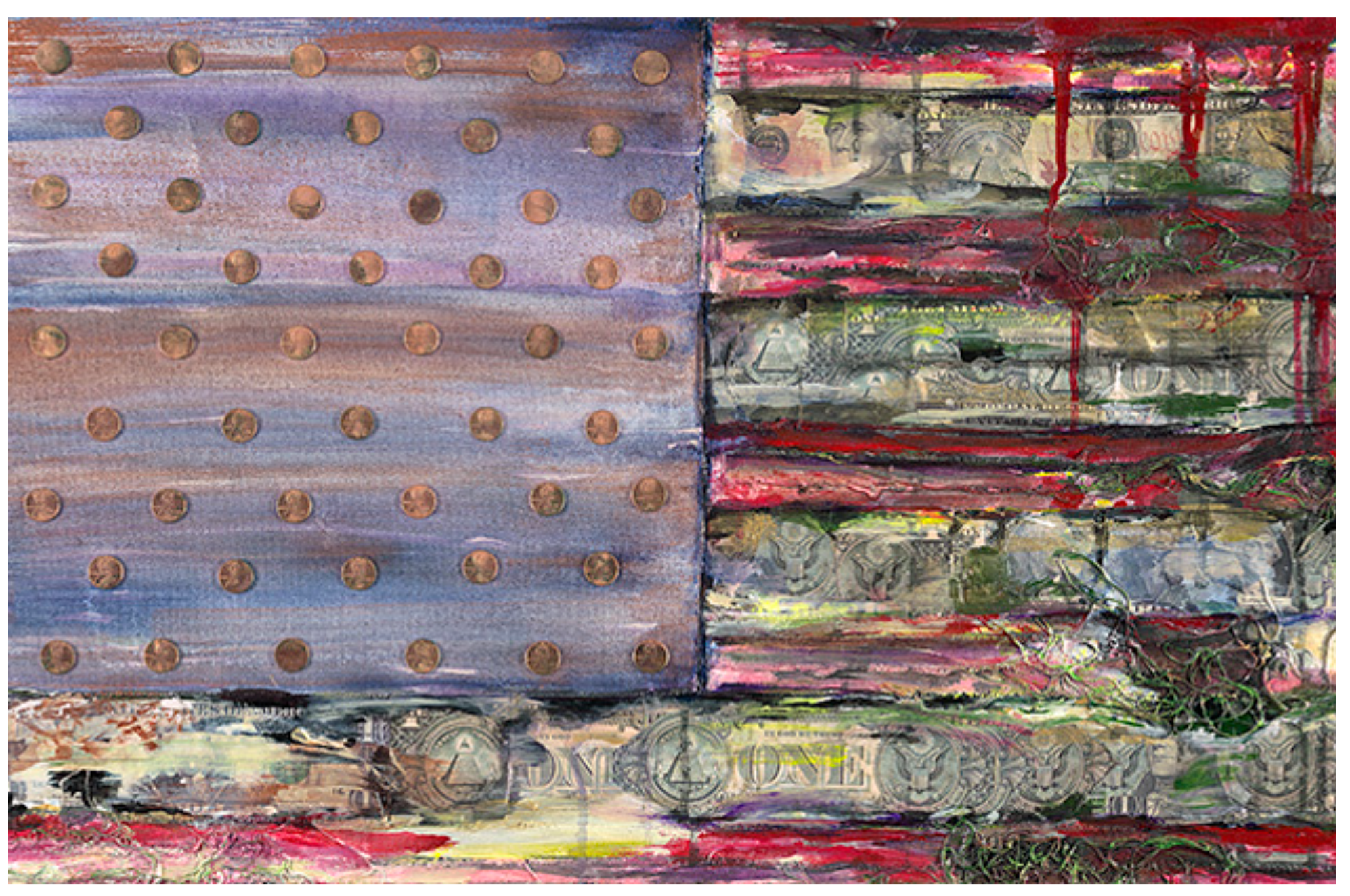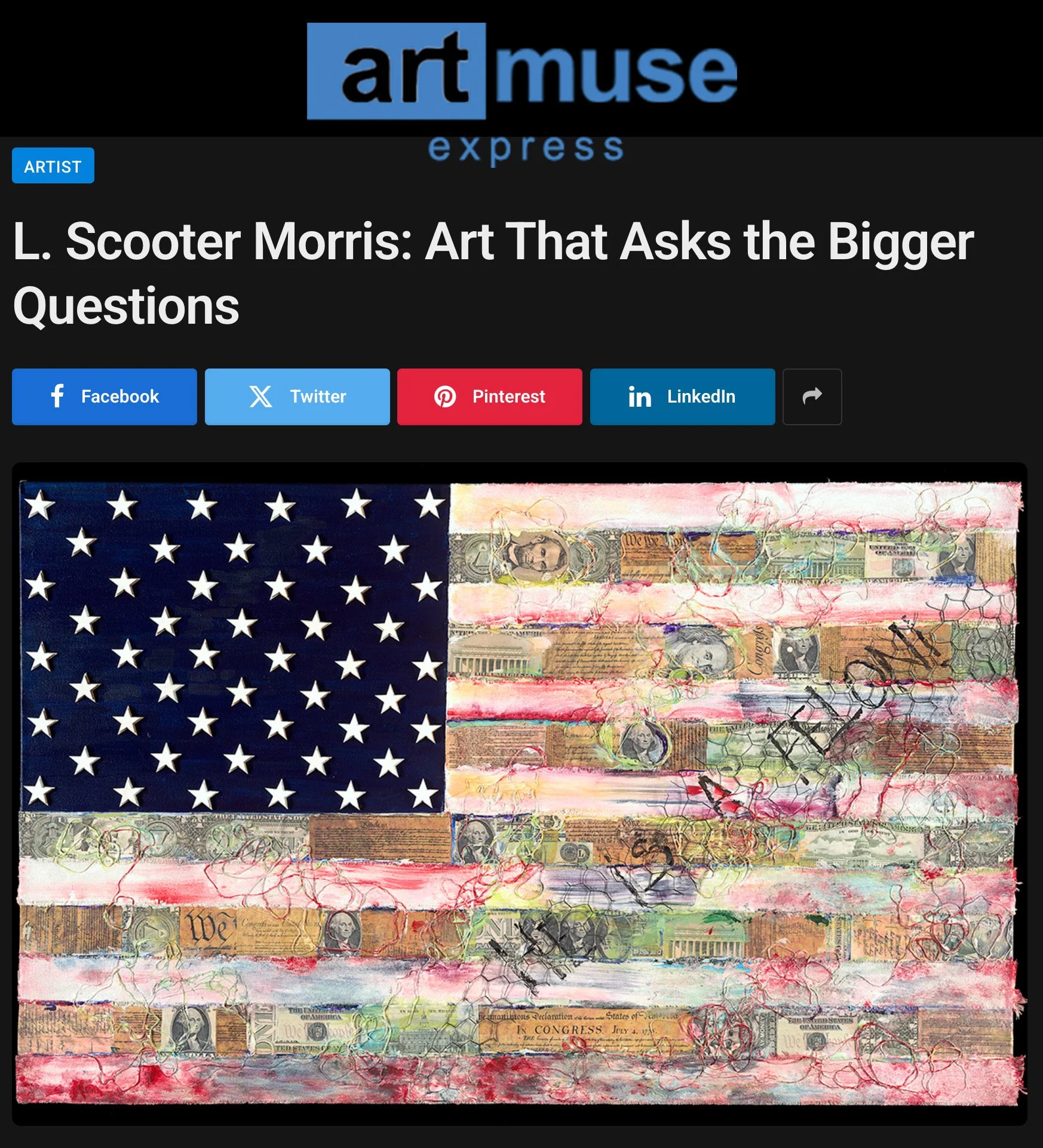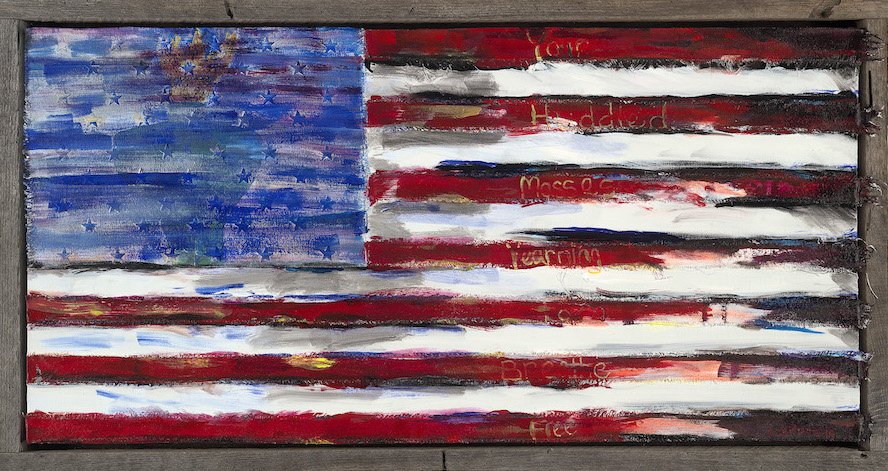L. SCOOTER MORRIS: PAINTING THE TEXTURE OF TRUTH BY ANN WILLIAMS
L. Scooter Morris calls herself a sensory illusionist, and it fits. Her work goes beyond traditional painting, blending texture, light, and color into what she calls “Sculpted Paintings”—pieces that feel more like environments than objects. These are not just images to look at; they are experiences meant to be felt. Rooted in a desire to express deeper truths about the human condition, Morris uses her art to capture fleeting moments of sensory perception and elevate them into something lasting. Her process is layered, much like the realities she’s reflecting—realities shaped by beauty, struggle, justice, and transformation. At a time when conversations around equality and societal change are more important than ever, her work becomes both a mirror and a question. With every textured surface and glowing edge, Morris invites us to look closer—not just at the canvas, but at ourselves, and the world we’re shaping together.
Here is the artist’s interview.
What is your creative process like?
I am always working; painting, designing, and evolving the process through materials and the concept of what “Sculpted Paintings” are and what I envision they can become. In that progression, one idea leads to another. I find that the extension of the idea is the inspiration for the next piece.
Do any personal experiences shape your work?
I am constantly inspired by the events and things happening in my life and in the larger scope of what affects us all. When you see the paintings, you see an image, perhaps an iconic symbol, (the flag, hearts, stars, or other symbols) that seems familiar. It is the viewer’s response to that detail that gives meaning to those symbols and to the work as a whole.
Sometimes these images are a reflection of current events. Sometimes they are a reflection of my conscience, concern, or consideration.
What challenges do you face as an artist?
The challenge is to create the work in a way that is fresh while also maintaining the artistic integrity and high level of technical competence. If a piece of work is not done well, it shows. Combing every aspect: color, design, composition, all of these are essential to making a painting work.
What do you want people to feel when they see your art?
I do not control how people see my work, nor can I control what they think it means or how they will feel. Still, by using iconic images in the work, I have realized this allows people have their own connection to the work. Everyone has their own experience and will have their own memories and emotional connection to each piece in a unique way.
Scooter Morris doesn’t aim to provide answers—she offers experiences. Her “Sculpted Paintings” ask us to slow down, to feel, and to engage with the world around us more consciously. In a time when surface impressions often dominate, Morris encourages depth. Through her immersive, mixed-media pieces, she opens a space where beauty, memory, and conversation intersect. It’s not just about what we see—it’s about what it makes us think, remember, and question. Morris’s work is a quiet yet persistent call to reflect on justice, truth, and the human experience—one layered painting at a time.












































